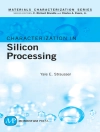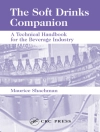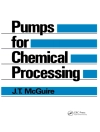Many people, including those involved in the manufacturing, marketing and selling of lubricants, believe that blending lubricants is simply a matter of putting one or more base oils and several additives into a tank of some kind and stirring them around to mix them. Blending lubricants that meet customers’ demands requires much more than this. The correct ingredients of the right quality need to be used in precisely controlled quantities. The ingredients need to be tested prior to blending and the finished products need to be tested following blending. The ingredients need to be stored and mixed under carefully controlled conditions. The finished lubricants need to be stored and packaged carefully and then delivered to customers correctly.
This book discusses all of these issues, describes the different types of equipment used to blend lubricants, provides guidance on how best to use this equipment, and offers tips and techniques to help to avoid problems. It focuses on liquid lubricants. Greases are not discussed, as their manufacture involves very different manufacturing procedures compared with those concerned with liquid lubricants.
The book starts with descriptions and discussion of the properties and characteristics of the main types of mineral and synthetic base oils, as well as the properties and characteristics of the main types of additives that are used in lubricant formulations. Criteria and methodologies used to design both new and upgraded blending plants are covered next. The types and operation of the equipment used in lubricant blending plants are described and discussed, together with a chapter on how to avoid problems before, during, and after blending. Testing and analysis of base oils, additives, and blended lubricants are covered in two separate chapters. Procedures for quality control and quality management in lubricant blending plants are also discussed in two separate chapters. Types of packages for lubricants are reviewed, together with methods for filling packages and methods for transporting lubricants in bulk. The storage of lubricants and supply chain management is also covered in depth.












